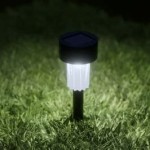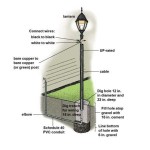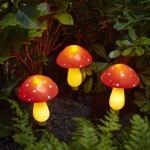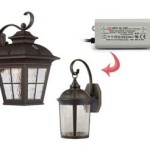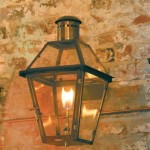Outdoor Studio Lighting: Techniques and Strategies
Outdoor studio lighting offers a unique and versatile approach to photography. By harnessing the power of natural light and strategically incorporating artificial light sources, photographers can create stunning visuals that capture the essence of their subjects. This article explores the intricacies of outdoor studio lighting, delving into its advantages, techniques, and essential considerations.
Advantages of Outdoor Studio Lighting
Outdoor studio lighting presents several advantages over traditional indoor studio setups. The most prominent benefit lies in the availability of natural light, which provides a soft, diffused quality that is ideal for portraiture, fashion, and product photography. The vast outdoor space also allows for greater creative freedom, enabling photographers to utilize a wider range of backgrounds, props, and compositions.
Moreover, outdoor studio lighting offers a sense of realism and authenticity that is hard to replicate indoors. The interplay of natural light and shadows adds depth and dimensionality to images, contributing to a more natural and engaging aesthetic. The dynamic nature of outdoor environments also presents opportunities for capturing fleeting moments and spontaneous expressions, enhancing the storytelling aspect of photography.
Techniques and Strategies
Outdoor studio lighting requires a blend of technical expertise and artistic vision. Success hinges on understanding the principles of natural light and how to manipulate it effectively. Photographers need to consider various factors, including the time of day, weather conditions, and the direction of sunlight. The following techniques are essential for achieving high-quality results:
1. Utilizing Natural Light
Maximizing the use of natural light is fundamental to outdoor studio photography. Understanding the qualities of different types of natural light is crucial. For example, golden hour light, occurring shortly after sunrise and before sunset, casts a warm and flattering glow, ideal for portraiture and landscape photography. The harsh midday sun, however, can create harsh shadows and washed-out colors. Photographers often use diffusers to soften harsh light, reflectors to bounce light back onto the subject, and fill-in flash to balance the light ratio.
2. Incorporating Artificial Light
While natural light is a primary source, artificial light plays a vital role in controlling the overall lighting environment. Flash units, continuous lighting sources, and LED panels can be used to provide additional illumination, fill in shadows, or create specific lighting effects. Photographers often employ a variety of lighting techniques, such as butterfly lighting, Rembrandt lighting, and split lighting, to shape the light and achieve desired results.
3. Understanding the Principles of Light
Outdoor studio lighting requires a strong understanding of light principles, including the inverse square law, the relationship between aperture and depth of field, and the interplay of light and shadow. Photographers need to be able to calculate exposure settings, adjust light intensity, and control the direction and quality of light to achieve the desired lighting patterns.
Essential Considerations
Outdoor studio lighting presents unique challenges and considerations that require careful planning:
1. Weather Conditions
Weather plays a crucial role in outdoor studio lighting. Photographers need to be prepared for unpredictable conditions and adapt their lighting strategies accordingly. Overcast skies provide soft, diffused light, while sunny days demand careful management of harsh shadows. Rain or wind can significantly affect lighting setups, requiring creative solutions and protective measures.
2. Location Scouting
Choosing the right location is paramount for successful outdoor studio photography. The background, terrain, and accessibility of the location all play a role in shaping the final image. Photographers need to carefully assess the available light, potential distractions, and accessibility for equipment and crew.
3. Equipment and Accessories
A robust set of equipment is essential for outdoor studio lighting. This includes a camera with manual control, a range of lenses, sturdy tripods, lighting modifiers like diffusers, reflectors, and softboxes, and reliable power sources for artificial lights.
Outdoor studio lighting offers a unique and rewarding approach to photography, enabling photographers to create captivating and authentic visuals. By understanding the principles of natural light, mastering lighting techniques, and carefully considering the various factors involved, photographers can harness the power of outdoor environments to produce stunning and timeless images.

Pin By David Casimer On Photography Ideas Lighting Setup Portrait Studio

Photography Lighting Tips Create A Photo Studio Anywhere

How To Mix Ambient Light And Fill Flash For Outdoor Portraits

Applying The 3 Light Studio Setup To Outdoor Portraits

Lighting For Outdoor Photo And B H Explora

St 60w Photography Light With Remote Control Dimmable Continuous Lighting Bowens Mount For Recording Wedding Outdoor Eu Plug K F Concept

110 Centimeter Light Reflector Diffuser 1 Collapsible Multi Disc With Bag For Studio Photography Lighting And Outdoor Temu

Outdoor Lighting Using Umbrella To Balance The Exposure Photography Setup Studio Techniques

Applying The 3 Light Studio Setup To Outdoor Portraits

Outdoor Lighting Prolight Direct Ltd
Related Posts
